2-Phenoxyethanamine
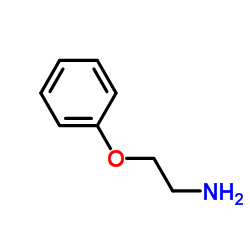
2-Phenoxyethanamine structure
|
Common Name | 2-Phenoxyethanamine | ||
|---|---|---|---|---|
| CAS Number | 156-43-4 | Molecular Weight | 137.179 | |
| Density | 1.0±0.1 g/cm3 | Boiling Point | 230.3±23.0 °C at 760 mmHg | |
| Molecular Formula | C8H11NO | Melting Point | 2-5 °C(lit.) | |
| MSDS | Chinese USA | Flash Point | 97.9±15.9 °C | |
| Symbol |


GHS06, GHS08 |
Signal Word | Danger | |
| Name | 4-ethoxyaniline |
|---|---|
| Synonym | More Synonyms |
| Density | 1.0±0.1 g/cm3 |
|---|---|
| Boiling Point | 230.3±23.0 °C at 760 mmHg |
| Melting Point | 2-5 °C(lit.) |
| Molecular Formula | C8H11NO |
| Molecular Weight | 137.179 |
| Flash Point | 97.9±15.9 °C |
| Exact Mass | 137.084061 |
| PSA | 35.25000 |
| LogP | 0.89 |
| Vapour Pressure | 0.1±0.5 mmHg at 25°C |
| Index of Refraction | 1.527 |
| InChIKey | IMPPGHMHELILKG-UHFFFAOYSA-N |
| SMILES | CCOc1ccc(N)cc1 |
| Stability | Stability Stable, but light and air sensitive. Combustible. Incompatible with strong oxidizing agents. |
| Water Solubility | practically insoluble |
CHEMICAL IDENTIFICATION
HEALTH HAZARD DATAACUTE TOXICITY DATA
MUTATION DATA
|
| Symbol |


GHS06, GHS08 |
|---|---|
| Signal Word | Danger |
| Hazard Statements | H302-H311-H319-H332-H334 |
| Precautionary Statements | P261-P280-P305 + P351 + P338-P342 + P311 |
| Personal Protective Equipment | Eyeshields;Faceshields;full-face respirator (US);Gloves;multi-purpose combination respirator cartridge (US);type ABEK (EN14387) respirator filter |
| Hazard Codes | T:Toxic;Xn:Harmful; |
| Risk Phrases | R20/21/22;R23/24/25;R33;R36;R43;R68 |
| Safety Phrases | S28-S36/37-S45-S46 |
| RIDADR | UN 2311 6.1/PG 3 |
| WGK Germany | 1 |
| RTECS | SI6465500 |
| Packaging Group | III |
| Hazard Class | 6.1 |
| HS Code | 29222200 |
| Precursor 10 | |
|---|---|
| DownStream 10 | |
| HS Code | 2922291000 |
|---|---|
| Summary | 2922291000 4-methoxyaniline。Supervision conditions:None。VAT:17.0%。Tax rebate rate:9.0%。Lowest tariff:6.5%。General tariff:30.0% |
|
Biotransformation and nitroglycerin-induced effects on antioxidative defense system in rat erythrocytes and reticulocytes.
Gen. Physiol. Biophys. 33(4) , 393-401, (2014) The effects of nitroglycerin (glyceryl trinitrate - GTN) are mediated by liberated nitric oxide (NO) and formed reactive nitrogen species, which induces oxidative stress during biotransformation in re... |
|
|
Magnetic beads as an extraction medium for simultaneous quantification of acetaminophen and structurally related compounds in human serum.
Drug Test. Anal. 7 , 457-66, (2015) This paper describes a sample preparation method that complements a previously published liquid chromatography-tandem mass spectrometry (LC-MS/MS) assay for acetaminophen and eight structurally-relate... |
|
|
Metabolic activation by human arylacetamide deacetylase, CYP2E1, and CYP1A2 causes phenacetin-induced methemoglobinemia.
Biochem. Pharmacol. 84(9) , 1196-206, (2012) Phenacetin has been used as an analgesic antipyretic but has now been withdrawn from the market due to adverse effects such as methemoglobinemia and renal failure. It has been suggested that metabolic... |
| 2-Phenoxyethanamine |
| 4-Aminophenetole |
| p-Phenetidine |
| MFCD00007865 |
| EINECS 205-855-5 |
| 2-Phenoxy-ethylamine |
| Ethanamine, 2-phenoxy- |
| Phenetidine |
| 4-Ethoxyaniline |
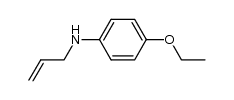 CAS#:103861-73-0
CAS#:103861-73-0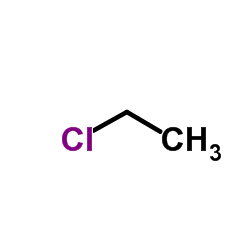 CAS#:75-00-3
CAS#:75-00-3 CAS#:111-96-6
CAS#:111-96-6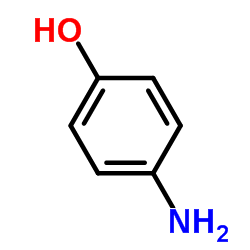 CAS#:123-30-8
CAS#:123-30-8 CAS#:90-04-0
CAS#:90-04-0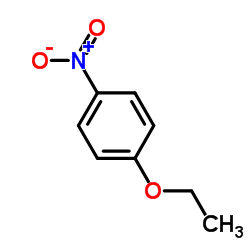 CAS#:100-29-8
CAS#:100-29-8 CAS#:4792-83-0
CAS#:4792-83-0 CAS#:75-03-6
CAS#:75-03-6 CAS#:588-52-3
CAS#:588-52-3 CAS#:100-17-4
CAS#:100-17-4 CAS#:442-16-0
CAS#:442-16-0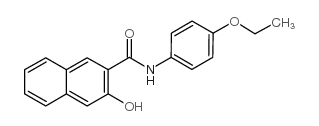 CAS#:4711-68-6
CAS#:4711-68-6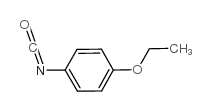 CAS#:32459-62-4
CAS#:32459-62-4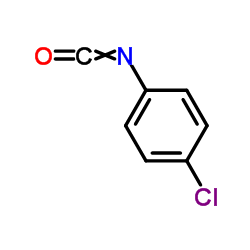 CAS#:104-12-1
CAS#:104-12-1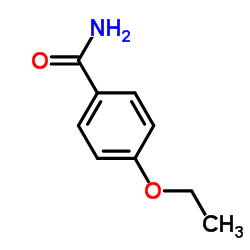 CAS#:55836-71-0
CAS#:55836-71-0 CAS#:34128-02-4
CAS#:34128-02-4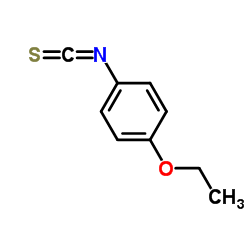 CAS#:3460-49-9
CAS#:3460-49-9 CAS#:1461-82-1
CAS#:1461-82-1 CAS#:459-26-7
CAS#:459-26-7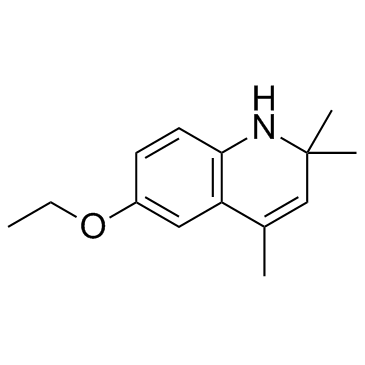 CAS#:91-53-2
CAS#:91-53-2
